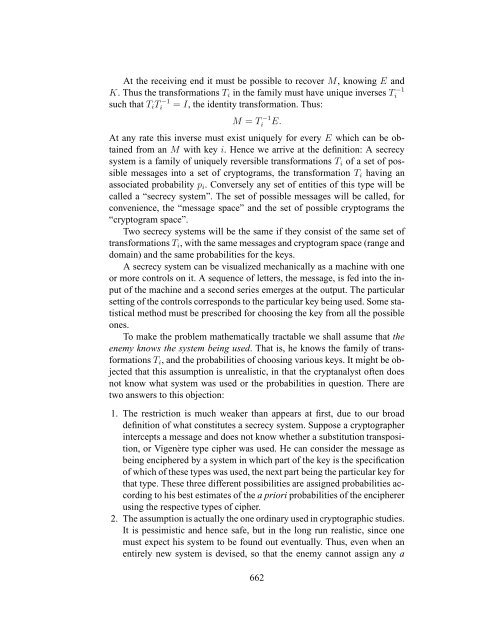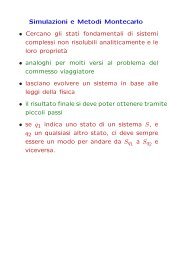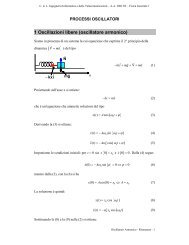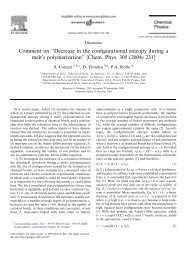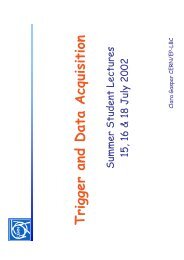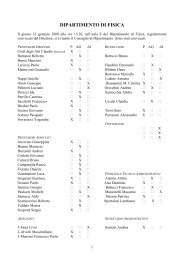Communication Theory of Secrecy Systems - Network Research Lab
Communication Theory of Secrecy Systems - Network Research Lab
Communication Theory of Secrecy Systems - Network Research Lab
Create successful ePaper yourself
Turn your PDF publications into a flip-book with our unique Google optimized e-Paper software.
At the receiving end it must be possible to recover M, knowing E and<br />
K. Thus the transformations Ti in the family must have unique inverses T −1<br />
i<br />
such that TiT −1<br />
i = I, the identity transformation. Thus:<br />
M = T −1<br />
i E.<br />
At any rate this inverse must exist uniquely for every E which can be obtained<br />
from an M with key i. Hence we arrive at the definition: A secrecy<br />
system is a family <strong>of</strong> uniquely reversible transformations Ti <strong>of</strong> a set <strong>of</strong> possible<br />
messages into a set <strong>of</strong> cryptograms, the transformation Ti having an<br />
associated probability pi. Conversely any set <strong>of</strong> entities <strong>of</strong> this type will be<br />
called a “secrecy system”. The set <strong>of</strong> possible messages will be called, for<br />
convenience, the “message space” and the set <strong>of</strong> possible cryptograms the<br />
“cryptogram space”.<br />
Two secrecy systems will be the same if they consist <strong>of</strong> the same set <strong>of</strong><br />
transformations Ti, with the same messages and cryptogram space (range and<br />
domain) and the same probabilities for the keys.<br />
A secrecy system can be visualized mechanically as a machine with one<br />
or more controls on it. A sequence <strong>of</strong> letters, the message, is fed into the input<br />
<strong>of</strong> the machine and a second series emerges at the output. The particular<br />
setting <strong>of</strong> the controls corresponds to the particular key being used. Some statistical<br />
method must be prescribed for choosing the key from all the possible<br />
ones.<br />
To make the problem mathematically tractable we shall assume that the<br />
enemy knows the system being used. That is, he knows the family <strong>of</strong> transformations<br />
Ti, and the probabilities <strong>of</strong> choosing various keys. It might be objected<br />
that this assumption is unrealistic, in that the cryptanalyst <strong>of</strong>ten does<br />
not know what system was used or the probabilities in question. There are<br />
two answers to this objection:<br />
1. The restriction is much weaker than appears at first, due to our broad<br />
definition <strong>of</strong> what constitutes a secrecy system. Suppose a cryptographer<br />
intercepts a message and does not know whether a substitution transposition,<br />
or Vigenère type cipher was used. He can consider the message as<br />
being enciphered by a system in which part <strong>of</strong> the key is the specification<br />
<strong>of</strong> which <strong>of</strong> these types was used, the next part being the particular key for<br />
that type. These three different possibilities are assigned probabilities according<br />
to his best estimates <strong>of</strong> the a priori probabilities <strong>of</strong> the encipherer<br />
using the respective types <strong>of</strong> cipher.<br />
2. The assumption is actually the one ordinary used in cryptographic studies.<br />
It is pessimistic and hence safe, but in the long run realistic, since one<br />
must expect his system to be found out eventually. Thus, even when an<br />
entirely new system is devised, so that the enemy cannot assign any a<br />
662


